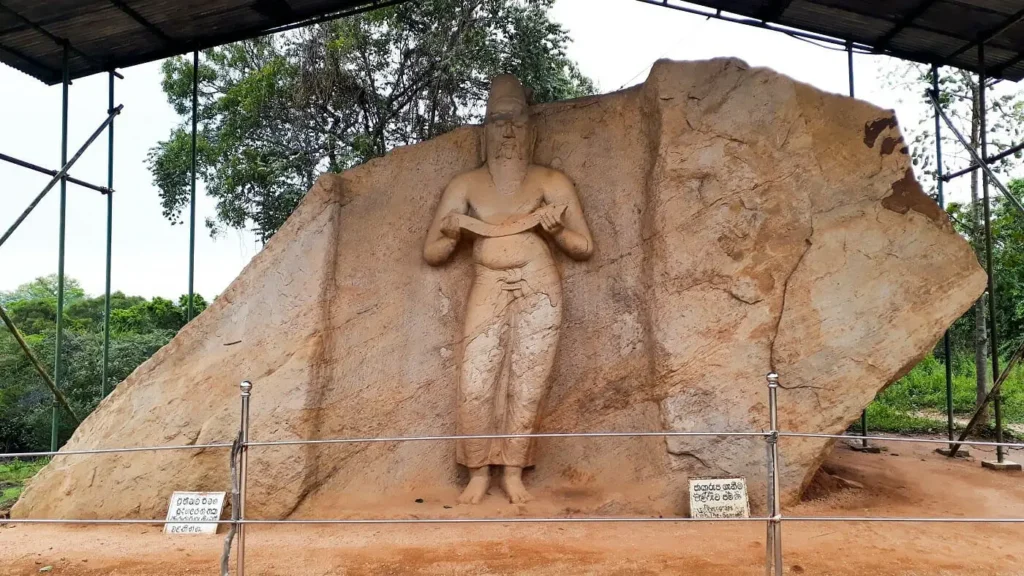
Nestled in the heart of Sri Lanka’s cultural triangle, the ancient city of Polonnaruwa boasts a rich history dating back to the 12th century. This UNESCO World Heritage Site is home to a myriad of awe-inspiring ruins, each telling a story of the island’s illustrious past. Among these historical treasures lies Manik Vihara, a Buddhist temple that exudes tranquility and spirituality. In this blog article, we will delve into the fascinating history and allure of Manik Vihara in Polonnaruwa while exploring the potential for a remarkable visit.
Manik Vihara, also known as the “Temple of the Ruby,” holds a special place in the annals of Sri Lankan history. It was built by King Parakramabahu I during his reign from 1153 to 1186 AD, a period often regarded as the zenith of Polonnaruwa’s splendor. The temple’s name originates from the belief that a precious ruby was once enshrined within its hallowed walls, lending an air of mystique to this sacred site.
The architectural grandeur of Manik Vihara is a testament to the advanced engineering and artistic skills of the ancient Sinhalese. The temple is constructed in a typical “gedige” style, characterized by a central chamber enclosed by thick walls. The exterior is adorned with intricate stone carvings, depicting various aspects of Buddhist teachings and the island’s cultural heritage.
One of the most remarkable features of Manik Vihara is its exquisite moonstone, a semicircular stone carving at the entrance, displaying intricate patterns symbolizing the stages of spiritual awakening. The moonstone at Manik Vihara is particularly noteworthy for its fine craftsmanship, making it a must-see for history and art enthusiasts.
Manik Vihara has remained an active place of worship for over eight centuries, and it continues to attract devout Buddhists and curious tourists alike. The main chamber houses a beautiful Buddha statue in the “Dhyana Mudra” (meditative pose), creating an atmosphere of profound serenity. The temple’s serene ambiance, framed by lush greenery and the soft murmur of nearby water features, makes it an ideal place for meditation and contemplation.
Manik Vihara also plays a significant role in the annual Poson Festival, which celebrates the introduction of Buddhism to Sri Lanka by Arahat Mahinda, the son of Emperor Ashoka. During this festival, the temple is adorned with colorful lights and lanterns, and devotees flock here to pay their respects and offer prayers.
Manik Vihara in Polonnaruwa is more than just a historical relic; it’s a testament to the enduring spirituality and architectural prowess of ancient Sri Lanka. As you wander through its sacred chambers and marvel at its intricate carvings, you’ll find yourself transported back in time, connecting with a rich cultural heritage that continues to inspire visitors from around the world. A visit to Manik Vihara is an essential part of any journey to Polonnaruwa, offering a profound glimpse into the island’s vibrant history and spiritual traditions.

Location: The Manik vihara is located in the ancient city of Polonnaruwa, which is situated in the North Central Province of Sri Lanka.
